These are the best of the best, roughly grouped by subject. They’re great jumping-off points, appropriate for all ages, and intriguing enough to encourage further exploration in a jillion different directions. Our copies are all dog-eared and grubby looking from so much use. If you’re stuck for something fun and creative to do, grab one of these and run with it!

Geography
Combine this with the Geography Now! series on YouTube and you have a pretty rich overview of world geography. Both resources attempt to cover every country in the world.

Geography
Easiest way possible to teach state locations and capitals!

Social Studies/ Geography/Statistics
This book helps explain what percentages mean, while giving us a picture (literally, beautiful pictures! The artwork is really fun!) of the world’s population in terms of nationalities and languages, ages, religions, access to clean food, water, and air, school, work, money and possessions, energy, and healthcare. It also takes a brief look, toward the end of the book, at how population has changed over time.
A political and teaching note… Those of you who know me, know that I avoid political discussions in general. But this one I cannot let slide. The last two paragraphs, specifically, state the following: “Around the year 2150, there will be 250 people in the village. This is an important number, because many experts think that 250 is the maximum number of people the village can sustain… Fortunately, groups such as the United Nations and many governments and private organizations are working hard to make sure that the village of the future is a good home for all who live in it…” Ok. Stop and talk about this with your children. Who are these experts? Where did they come up with their number? Do you think it is right or not? What is the United Nations? What role does the UN play in this? Who are these private organizations and what do they do? (These may be some eye-opening and grisly discoveries. Be careful!) What are some ways that we can think of to help make sure that the village of the future is a good home for all who are privileged to live in it… in a way that is peaceful, meaning in a way that does not abuse power, coerce, exploit, and/or kill those who are too unplanned, too unwanted, too young, too old, too infirm, too vulnerable, or too lacking in resources to defend themselves? How do we “Speak up for those who cannot speak for themselves, for the rights of all who are destitute. Speak up and judge fairly; defend the rights of the poor and needy,” as we are commanded to do in Proverbs 31:8-9? As a follower of Jesus and as a person who loves humanity, I cannot let this one go by without a conversation.
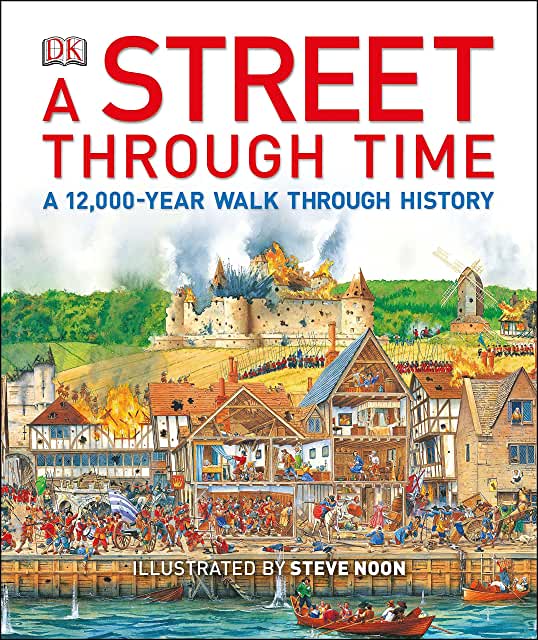
History/Social Studies
Similar to A Child Through Time, this one watches the development of a hypothetical street through history. Fascinating and gripping!

History/Social Studies
This is another book that brings world history (such as that encountered in History Year by Year) to life.

History/Engineering
If you have kids who like to watch things being built (who doesn’t?!), then by all means get this one! David Macaulay does a brilliant job of walking you through the why’s and how’s of building a Roman city.

Engineering
This book is amazing! It is like looking at the infrastructure of New York City under a microscope. If you have kids who like to ask you questions like, “What’s under that manhole cover?” then this is definitely the book for you.

Geology
It is unfortunate that this book’s cover is so ugly. It took me a long time to even pick it up and read it. But I love it, and so do my kids! The author, with her hilariously dry sense of humor, leads you through an exercise in drilling straight down through the center of the earth and popping out on the other side. Short and delightful. You just have to get past that cover first.
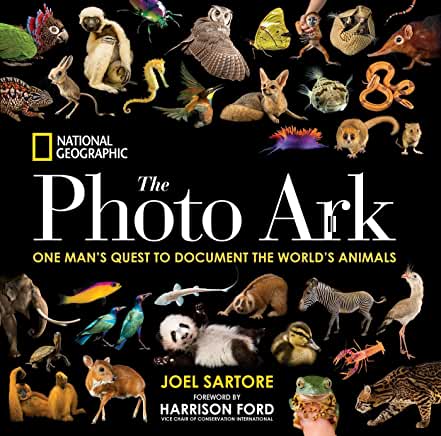
Zoology/Ecology
Gorgeous. Not heavy on text but the photographer does include thoughtful comments about the animals as he shows them to you.

Anatomy
Thorough but accessible.

Health
An easy to read (!), comfortable way to broach a tricky topic. This one does a good job explaining the science of addiction and why it is healthy to avoid it, as well as practical strategies for dealing with accidental or intentional exposure to pornography in a non shame-based way.

Sciences/Engineering/ Health/History/ Government
An excellent, easily read volume full of colorful 2-page spreads on a huge variety of topics. If you’re looking for a great book to spark interest in and discussions about science, history, government, social studies, technology, music and the arts, and health in a single year, choose this one! It consists of 140 two-page spreads, each of which is easily covered in a day.

Sciences/Engineering/ Health/History/ Government
This is sort of the slightly more grown-up, reference version of the book above. This is one the kids will curl up on the couch with for a long time. It also is laid out in 2-page spreads, but it uses a smaller font and would not be as easy to cover together in a year.

Math
This is the only series of math books (There are four. Get them all.) that I consider a “top pick” for everyone. It’s sort of games, sort of logic, sort of preparation for algebra… and thoroughly brilliant. Start with the first book and work your way through them. They only contain three types of exercises, but they slowly increase in complexity. It’s kind of like doing Sudoku. Definitely try these out!
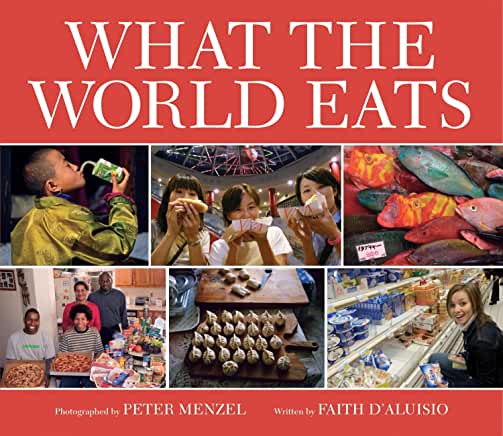
Geography/Social Studies
This book gives you a fascinating look into people’s kitchens and eating habits. If you are a people watcher, you will love it. Even if you aren’t, it’s still fascinating! It also raises questions about why we chose to spend the way we do. For further study, research some of the unfamiliar foods you will meet here. Long eggs, anyone?

Geography
We go through this one every year. We keep the “frame” (all the ocean pieces) put together under a piece of Plexiglas and add the country pieces as we “visit” them. It’s a great way to see your progress through the school year and to learn where all the countries are located.

Social Studies/ Government/Economics/Geography
Ok, this one is awesome! It leads kids step-by-step through the process of building their own country. We went through this with my two oldest, about six years ago, and they are still talking about it!
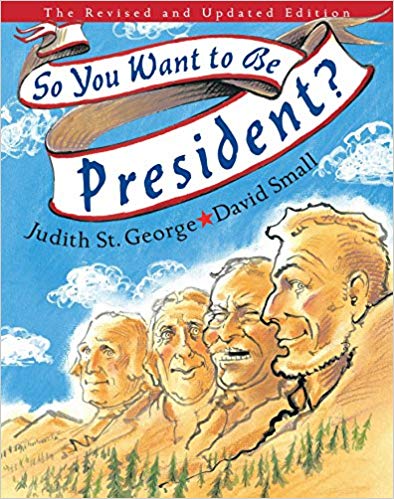
History/Government
A hilariously enlightening look at our nation’s presidents, up through George W. Bush. This is a short, memorable read that the kids pick up over and over again.

History/Government
Take a jaunt through American history with colorful 2-page spreads! You can cover this book over the course of the year, one set of pages per day, or have it available for browsing.

History/Social Studies
This is top-notch, interesting, and easy to read. If you’re looking for a companion book that gives a more comprehensive world history, then grab the next one (History Year by Year) and use the two together. They even have some of the same pictures, so it’s easy to reference where these kids fit into the bigger scheme of things.
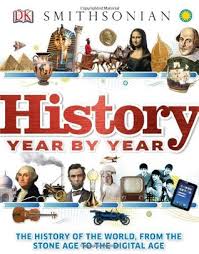
History/Government
This is a quickish, relatively colorful trip through the history of the world. Use it with “A Child Through Time” to its stories and events come to life.

History/Engineering
Block by block, help the slaves build a pyramid! I did not expect my kids to find this so intriguing. They were horrified that rich leaders forced slaves to do such backbreaking work and even lose their lives doing it… all so that these leaders could be buried underneath a pyramid when they died. This book is excellent for introducing your children to the sobering reality that the prosperity of the developed world was largely built on the backs of slaves and other people who were exploited.

History/Engineering
Two-page spreads illustrate the history of inventions in a logical, approachable manner. Lends itself well to a 2-page-per-day coverage over the course of a school year.

Engineering/Biology
This is a fascinating book that… Well, it compares things to other things. ‘Nuf said.
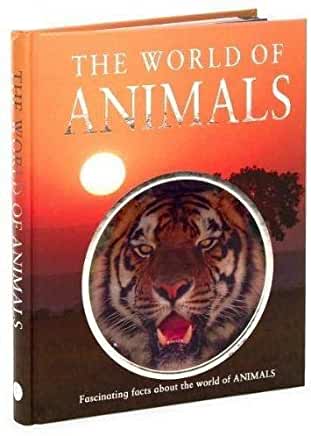
Biology/Zoology
This book is an excellent combination of photos, general information, and species-specific details laid out in a sensible way. We have a lot of animal books but this is the overall favorite.

Anatomy/Health
This is a project-sort-of-book. First, you trace around each student’s body on big sheets of paper, then, as they learn about each of their parts, they color them and add them to the tracing of their body. This continues to be a favorite, year after year!
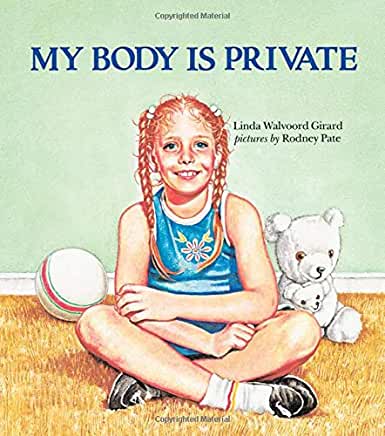
Health
This is a great one for discussing how to distinguish between “good touch” and “bad touch” and addressing the topic of abuse.
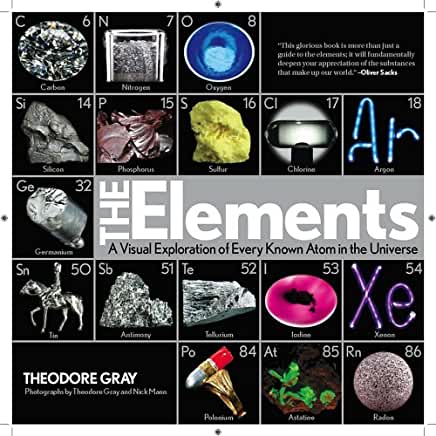
Chemistry
We love this book!!! The author, Theodore Gray, has the weird hobby of collecting elements. This is the catalog of his collection, along with fascinating descriptions of every element and its quirks. We combined a trip through the book with daily visits to the Backyard Scientist’s channel on YouTube to see many of these elements in action. It was the kids’ favorite year of science. The author also has a book about molecules, a new one about reactions, and another about how things work. These are all good as well but The Elements is really outstanding!

Music/History/ Engineering
This is a delightful book that would be easy even for non-musicians to understand and teach. It begins with music history (including listening) and composer sketches before moving on to each of the orchestral instruments and finally the conductor. We combined this with virtual field trips (on YouTube) to watch musical instruments being made. Super fun!

Music/Language
As a former piano teacher, I really appreciate this book. Jay Althouse (the author) is a long-standing, top notch music educator. In this book, he breaks music reading down into language that people without a music background can understand. If you are looking to learn to read music yourself or want to teach your kids but don’t know where to start, then start here!
